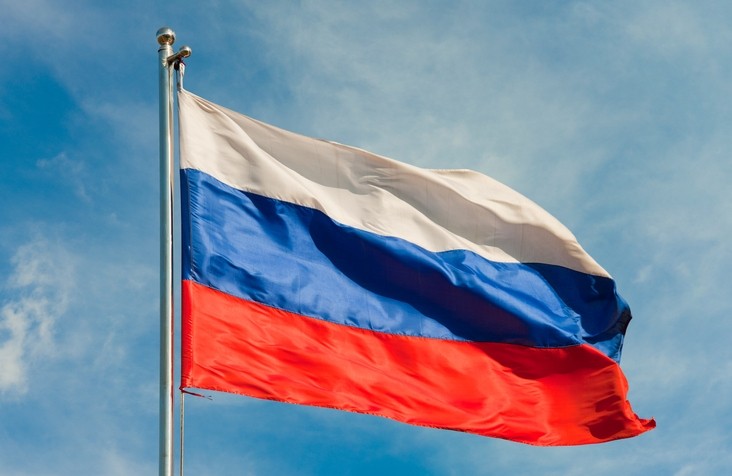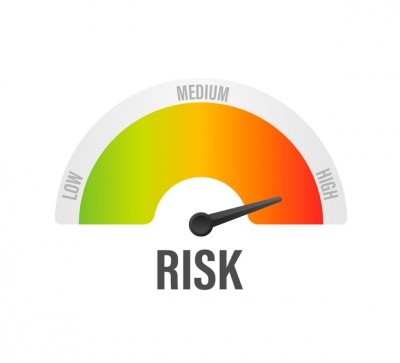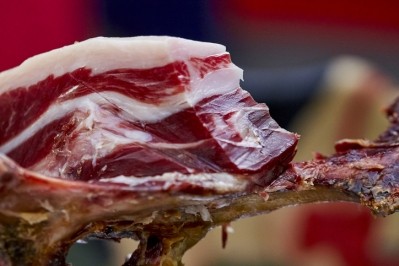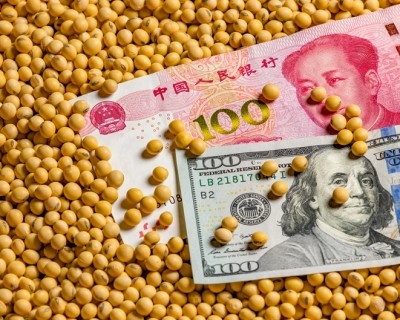Russian broiler producers strive to maintain their gains in China, seek out new export markets

Those developments are expected to lift production to 4.725 MMT in 2021, according to the authors.
Exports in 2021 are projected at 220,000 MT with shipments to traditional and recently opened markets expected to grow at a slower rate than the 22% growth in 2020 driven by entry into the Chinese market.
A weaker ruble will spur export initiatives but harm margins from domestic sales, said the USDA note.
In this environment, leading poultry companies are expected to increase their market shares at the expense of smaller players, added the authors.
The USDA reported low impact from the Coronavirus pandemic-related recession on Russian broiler industry operations: “[To date] no COVID-19 related closures of chicken farms and processing plants have been reported,” said the authors.
However, the authors said the percentage of the Russian population impacted financially by COVID-19 related job losses or salary hits continues to grow, and this could weigh in on domestic chicken meat sales. Moreover, competition with pork will intensify, as pork prices are falling due to rising domestic supply from a modernized Russian pork industry.
“Considering the stagnating domestic demand, chicken meat producers are striving to maintain their gains in China and expand in other export markets. These goals are threatened by risks related to ongoing spread of Highly Pathogenic Avian Influenza (HPAI) on the European continent and in Asia.”
Feed supplies
In response to Ruble depreciation and a spike in wheat exports in the first quarter of 2020, the Russian government introduced a series of measures to contain domestic prices of wheat and forage grains. It also limited exports of locally harvested grains and oilseeds, simplified imports of SBM and activated state grain reserves.
The Russian government, forecast the USDA report, will likely pursue protectionist policies in 2021, and forage grains prices will remain attractive.
The leading lights of the Russian broiler industry are also among the top Russian producers of compound feeds, with some 215 out of 240 of Russia’s compound feed plants belonging to large meat producing corporations. Twenty-five of the largest plants account for 55% of the 29.6 million MT of Russia’s total production of compound feeds, according to USDA data.












